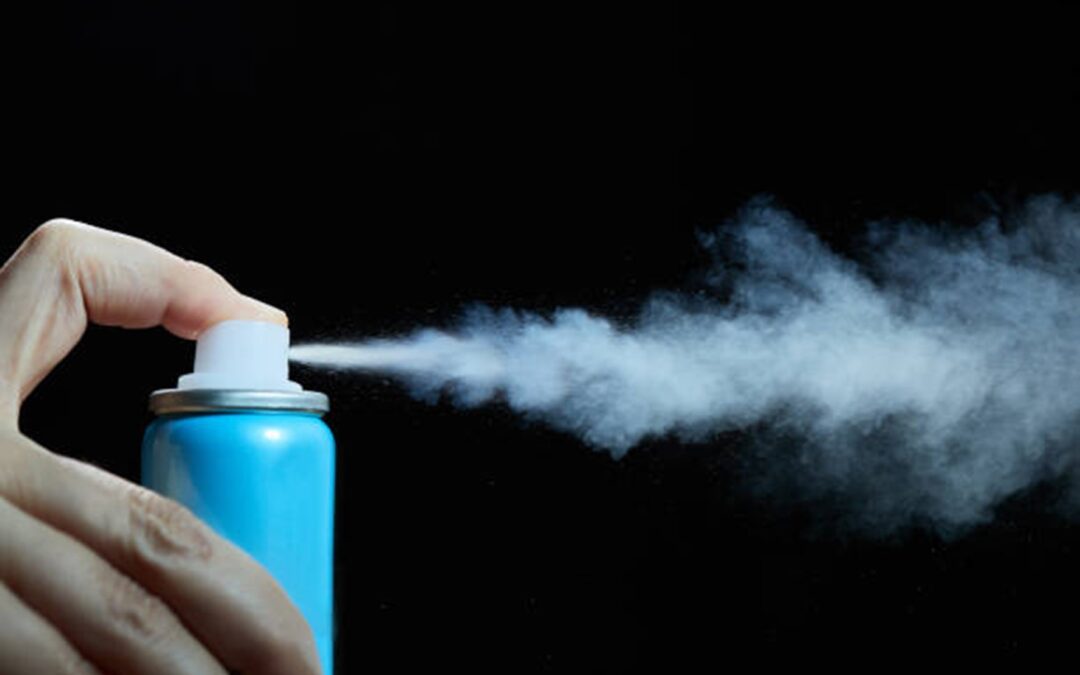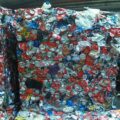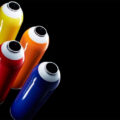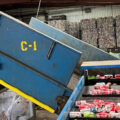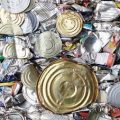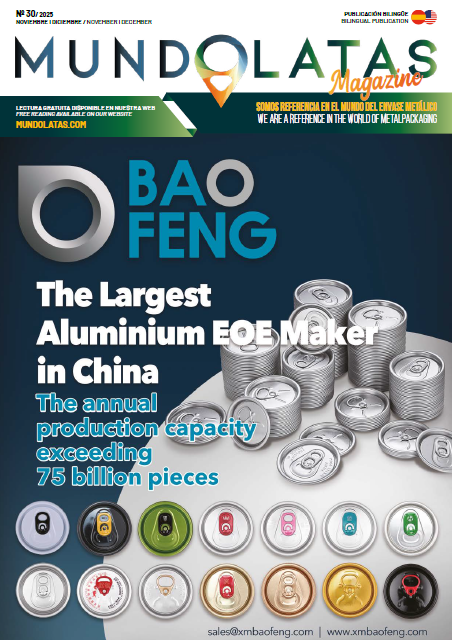Recycling rates for aerosol cans slightly reduced with a 62% recycling rate
Aerosol recycling rates in the United States have declined slightly. Currently the figure for aluminum packaging is 62%, so there is a slight decrease compared to 2016 whose recycling rate reached 70%, the American Sustainable Packaging Coalition has assured. In fact, 61% of Americans have access to a recycling program, they add. Therefore, it is information that does not reach the entire population.
Advocates say that aerosol cans can be a valuable material for MRFs (Material Recovery Facility), the facilities where material of various kinds is received for recycling, but they sometimes perceive some fire risk, since aerosols subjected to high temperatures can explode. However, according to the association’s officials, “it is very rare for these products to be identified as the cause of a fire in an MRF,” according to the report. Most MRFs already have equipment that could sort aerosols, according to Scott Breen, senior vice president of sustainability at CM (Can Manufacture Institute). He adds that it’s about making them feel “comfortable going from no to yes.”
One of the most important messages to convey to consumers is that aerosol cans should be empty before recycling. Failure to empty them may lead to the risk of fire or explosion in the MRFs. However, even without consistent labeling, most aerosols entering MRFs may already be complying with this requirement. Molly Blessing, vice president of sustainability and product stewardship for HCPA (Household and Commercial Products Association) noted that the initiative began some pressure testing. Of nearly 900 aerosols from two MRFs, almost 80% were found to have less than 3% residue.
For multi-material cans (a steel or aluminum can with a plastic lid, for example), there are varying degrees of concern about contamination and how much consumers need to be informed about the disposal of certain materials. For steel cans, for example, CMI does not emphasize avoiding nonmetallic elements in the design because the steel recycling process is more tolerant of contaminants, according to Breen.
According to the report, further research in this area could focus on which visual elements and words used in recycling messages resonate most with consumers. An updated fire safety assessment of the MRFs could also be conducted.
For can manufacturers, the actual aerosol recycling rate does not necessarily impact their sustainability goals and results, as these are more related to design for recyclability. Still, manufacturers benefit from having more recycled content available.
Chas Aylsworth, director of strategy and business development United States for Trivium Packaging, highlighted the company’s work with the recycling initiative in Trivium’s recently published sustainability report. “This is important work to continue to build on the sustainability benefits of metal aerosol containers,” Aylsworth said.

